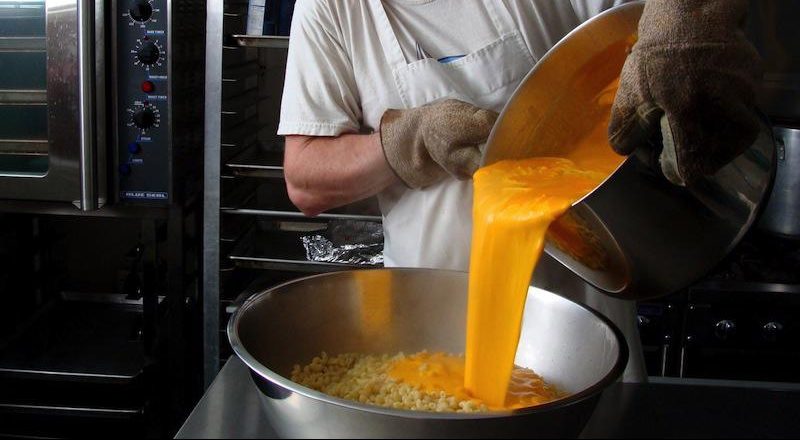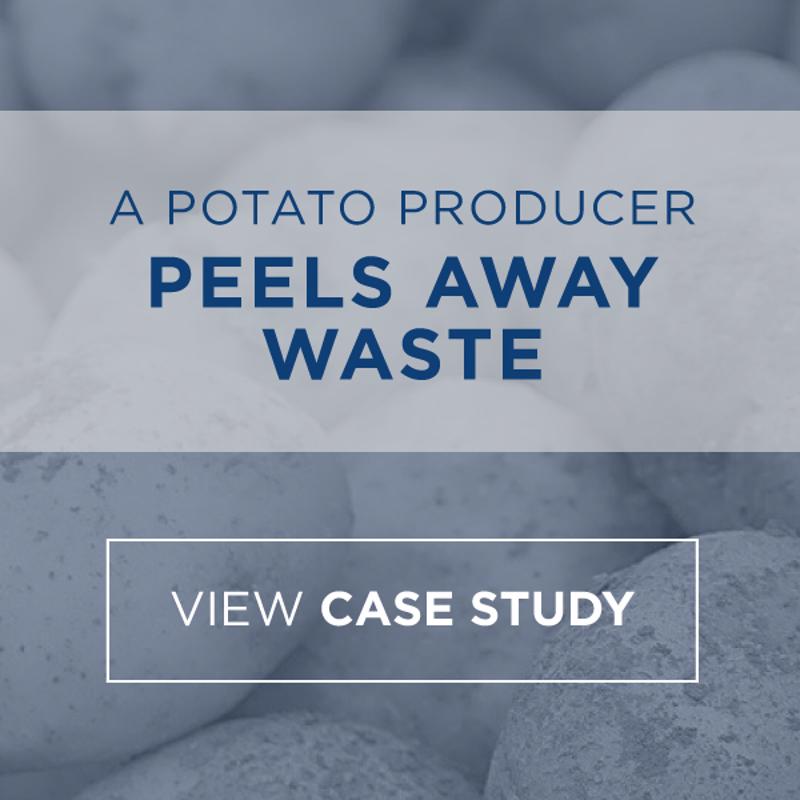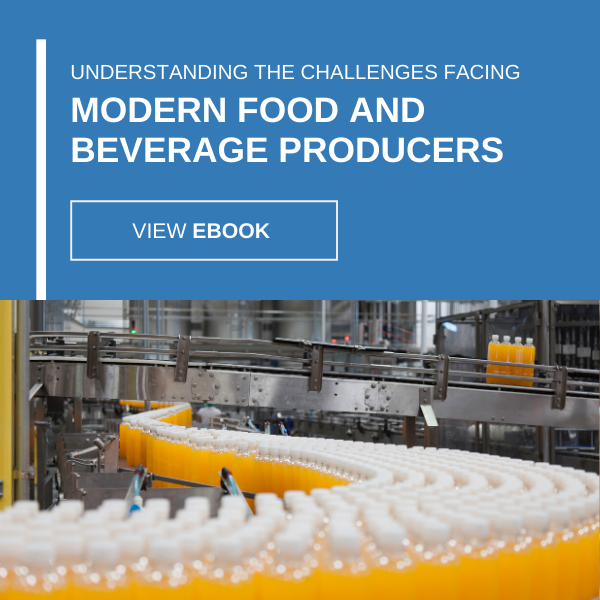
Waste Not, Want Not: 9 Ways Food Manufacturers Can Optimize
Fresh, frozen, canned, or packaged, food supply chain deliverables comes in many forms, distributed to grocery chains, convenience stores, and straight to Americans’ front doors. The U.S. is also one of the world’s largest mass exporters of pantry and fridge staples, such as wheat, soybeans, corn, and rice.
At the same time, though, many of these same foods wind up in the garbage heap due to spoilage, poor planning, or improper labeling. In fact, of all the food grown, harvested or raised, a whopping 40% goes uneaten, according to the Natural Resources Defense Council. That’s the equivalent of $165 billion a year that goes down the drain or out with the trash. The waste issue is even worse with certain types of foods, as 50% of North America’s, New Zealand’s, and Australia’s seafood and 52% of their fruits and vegetables goes unused in the typical year.
Preserving and better utilizing the nation’s food supply is a shared responsibility and something that must be taken seriously, given that it’s a finite resource and an estimated 1 in 6 Americans experience food insecurity, meaning they lack easy access to the sustenance they need for nourishment.
Food manufacturers have an important role to play. Here are a few of the ways to optimize the supply chain to reduce food waste, and the costs that come with it.
1. Use higher quality packaging material and practices
Although shelf life varies depending on what the food is and how it’s stored, perishability is inevitable, with fresh fruits and vegetables the most prone to spoilage. However, this can be mitigated by better coordinating with growers to assess which are the best types of packages to use to preserve freshness. With technology in a constant state of flux, developers have a variety of packaging materials that more effectively lock out the gases that may otherwise hasten spoilage. Some of these technologies and methodologies include supervisory control and data acquisition, otherwise known as SCADA, and using smaller amounts of air in packaged goods, like corn or potato chips.
2. Provide ongoing training
Because science and technology are always advancing, what’s standard procedure today may be out of vogue or obsolete tomorrow. That’s why personnel should be in the know about the latest in packaging and handling best practices. Manufacturers may want to consider partnering with a third party or running their own training programs so the very latest understandings in food preservation are leveraged.
3. Standardize labeling practices
“Sell by,” “use by” “best before,” labeling methods run the gamut and each set of terminology means slightly different things. For example, as noted by the Institute of Food Technologists, “use by” advisories do not necessarily mean food should be thrown out once the date arrives. They simply mean that the quality may not be quite as good by that time. Similarly, a product not being sold by a certain date does not mean it’s no longer safe to consume. It just means that it may need to be re-labeled by retailers whose guarantee is freshness.
Whatever method you use, ensure that everyone is on the same page as to what they mean so food doesn’t unnecessarily get thrown away.
4. Implement more regularly occurring quality control processes
No manufacturer is perfect — signs get missed and signals crossed when dealing with an unyielding supply chain that never takes a break. That’s why it pays to have more eyes on the development process so fewer missteps go unnoticed. This may include more coordination between departments and communication as to what’s been checked and what hasn’t.
5. Be more forthcoming with shoppers
Along similar lines, it’s important to educate shoppers about what food labels mean and for them to understand that dates are more guidelines — as opposed to deadlines — for when food ought to be consumed. They should also know that blemishes and soft spots on fresh fruits and vegetables are usually only cosmetic in nature, not necessarily indicative of poor quality or taste. Manufacturers may want to coordinate with resellers so slightly older produce still gets used. This can be done by reducing the price for these goods or setting them apart from the fresher selections.
6. Run the numbers
For the most part, people tend to be creatures of habit, typically buying the same type and amount of groceries on a week in, week out basis. Look into your production data to see if you can spot any similarities as to how much you’re selling of a certain ingredient or packaged good. Better coordinating the precise amount helps reduce waste and save money. Food and beverage companies, on average, create 50 pounds of waste for every $1,000 of revenue. Opaque yield management can solve this issue by examining losses in real-time.
7. Consider composting
Methane emissions, largely derived from food scraps according to the NRDC, contribute to the adverse effects of climate change. This can be modified by participating in composting, as over time, food and other natural substances break down and can be reused as fertile soil. Roughly 12% of food waste among medium-sized food manufacturers goes to compost, according to a joint report led by the Food Marketing Institute. Check into any local composting locations or consider starting one of your own.
8. Use better tracking methods
The food cycle is just that — an ever-evolving cycle, as there are typically several stops before snacks, breakfast, lunch, or dinner items eventually wind up in refrigerators and pantries. Enterprise resource planning software is a reliable way to keep tabs on when items are harvested, shipped, packaged, stored, and sold. By keeping track of the timeline, you can make the appropriate adjustments to modify production schedules so food spoilage is curbed.
9. Contribute to supportive causes
NRDC, the U.S. Department of Agriculture and the Food Waste Alliance are some of the main organizations laying the groundwork to better use the foods and water that ultimately derive from the ground. But they need help. Consider donating to some of these organizations and keep track of their latest campaigns by visiting their websites from time to time. According to the joint report referenced above, large manufacturers are leading the way, investing in food waste recycling solutions and disposal.
The beauty of streamlining the food supply chain is it not only ensures more fare gets used, but it also reduces costs. USC Consulting Group has the experience, knowledge, and understanding to help your company reach its full potential, whether in the waste reduction realm or another goal. Please contact us to learn more.







